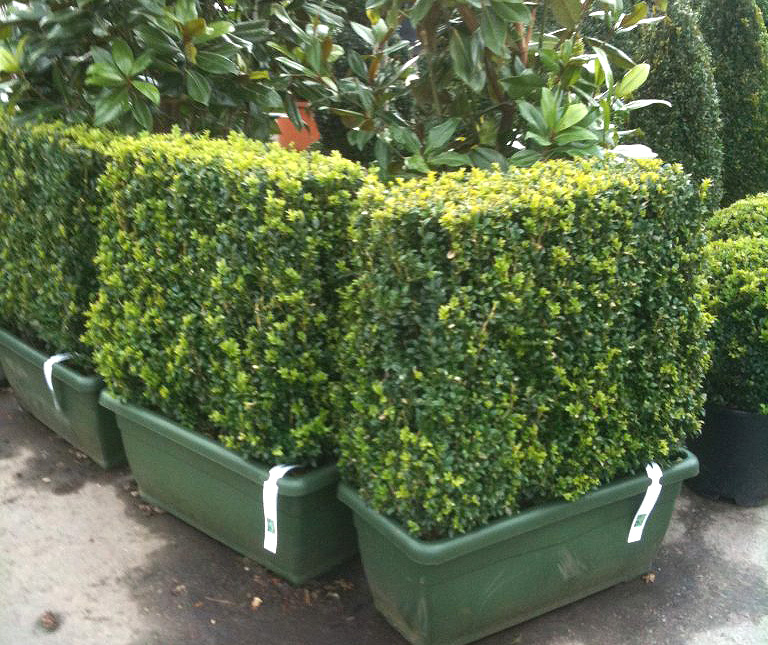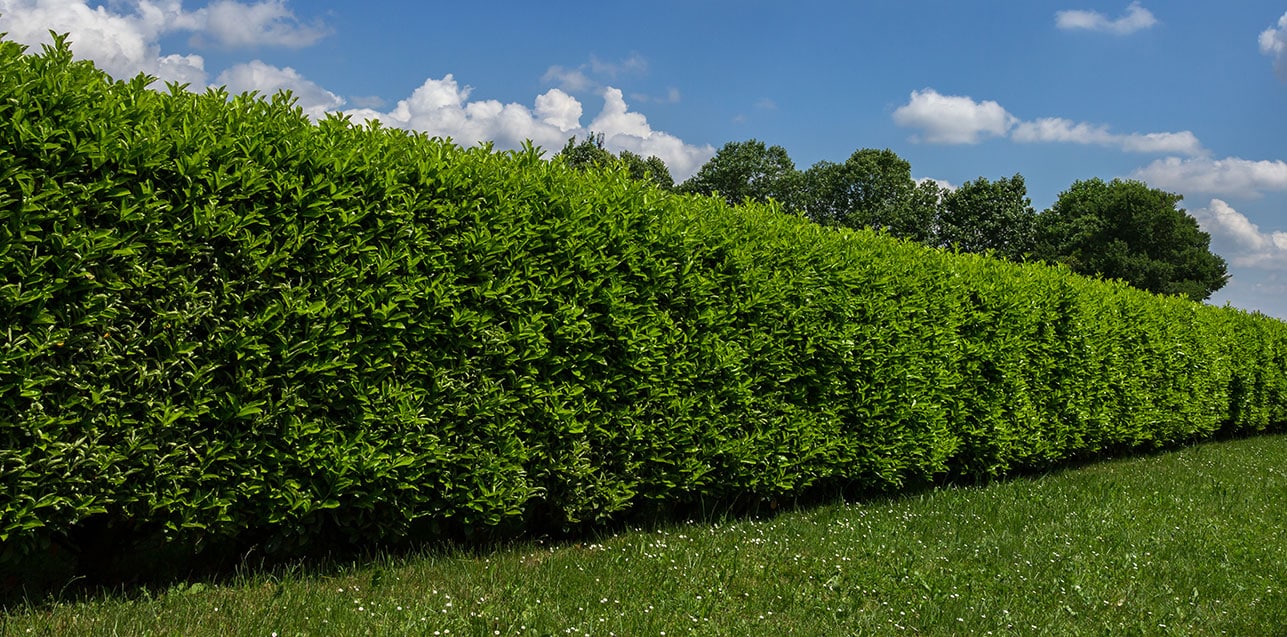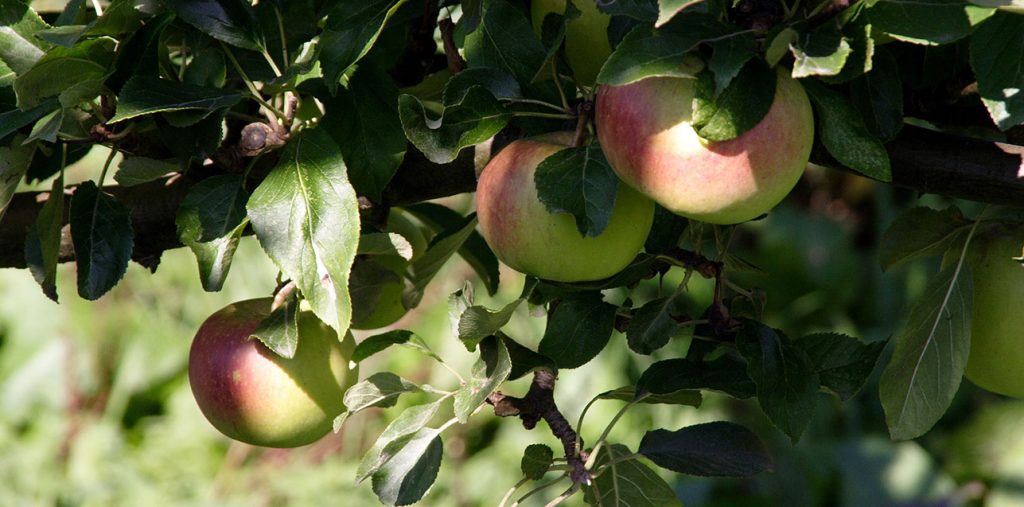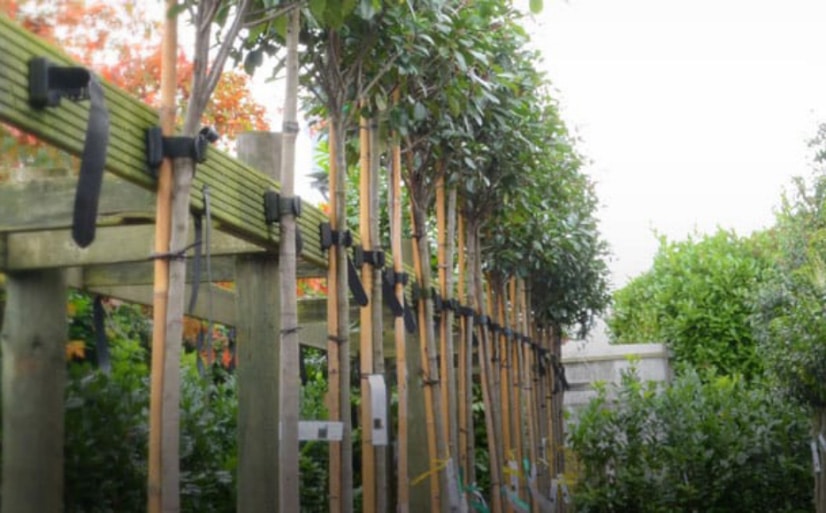The answer to low hedges, box, and its alternatives.
In recent years it has become apparent that Box is susceptible to a ‘blight’ that can disfigure the plant, and even cause complete loss. ‘Box blight’ can be controlled by adhering to strict management and pruning procedures. The fungus can be spread be watering over the plant and splashing spores onto others – always water directly onto the soil. Pruning tools should always be disinfected during and after use, and there are fungicides that will control the spread if you have an infected plant. The best advice is to dig out the infected plant and replace with new. Always keep your plants in the healthiest, most vigorous conditions by feeding and pruning as plants in good health are less susceptible to disease.

The nursery trade has been very active in trying to offer alternatives that offer all the things that Box is renowned for. Ilex Crenata, the Japanese holly is a great substitute for box, and if pruned hard will recover from woody stems. Additionally, it is resistant to Box blight, is not prone to leaf scorch and is a good deal hardier. Another plant of Japanese origin, Berberis thunbergii will also make a superb compact and low hedge, with the added advantage of being suitable in exposed sited. It is decked with orange flowers in the spring and red fruits in autumn.
Of course, we mustn’t forget English lavender ( Lavandula angustifolia) when conserving a low hedge. A fragrant compact plant that favours a sunny position, it will need careful pruning back to reinvigorate itself. It will attract butterflies, bees and other good pollinators. Rosemary ( Rosemarinus officanalis) is an evergreen type of herb that is also aromatic with its pale blue flowers which emerge in the very early part of spring. Mexican orange blossom, ( Choisya ternate) is a most under rated plant, it has dark green glossy appearance and is quite prolific in its productions of star-shaped white flowers.
Ceanothus, or California lilac, will require the minimum of pruning and aftercare. Ceanothus Thyrsflorus repens is a very reliable type with small blue flowers in spring and early summer. Ligustrum ovalifolium is vigorous growing hedge plant, although unremarkable will quickly grow into a neat and compact evergreen hedge. Let’s finish with one of our favourites here at the King and Co. Viburnum tinus ‘eve price’ is an absolutely cracking little flowering plant, which is not used as widely as it could be when considering the constituents of a low hedge. ‘Eve Price’ will not disappoint you!
Read More:
Leylandii: What you need to know
King and Co’s top 10 screening trees
How to create and instant hedge
King and Co Bare Root hedging plants 2019
Shopping Online
You can buy trees, hedging, screening trees, shrubs and topiary online by browsing our website. If you do not see a plant or size that is suitable for you then please call as we stock a wide variety of plants in our tree nursery. It’s worth noting that many other websites sell other people’s stock (i.e. they act as an agent) so you cannot view the products at their own site. At King & Co, all of our advertised plants are available for viewing at our tree nursery in Rayne, near Braintree, situated just over an hours drive out of London. Our knowledgeable and experienced tree nursery staff is always contactable via phone on 01376 340469 or if you have any questions regarding any of our trees or accessories. If you cannot see what you require on our website, please complete the enquiry form. We will give it our urgent attention and will get back to you shortly with a solution that meets your needs.






